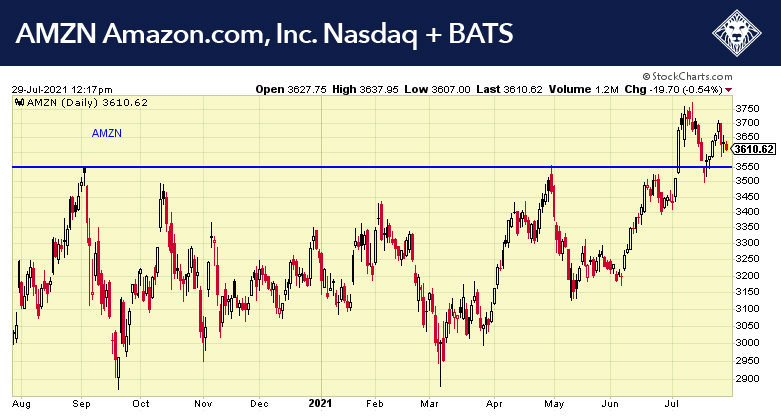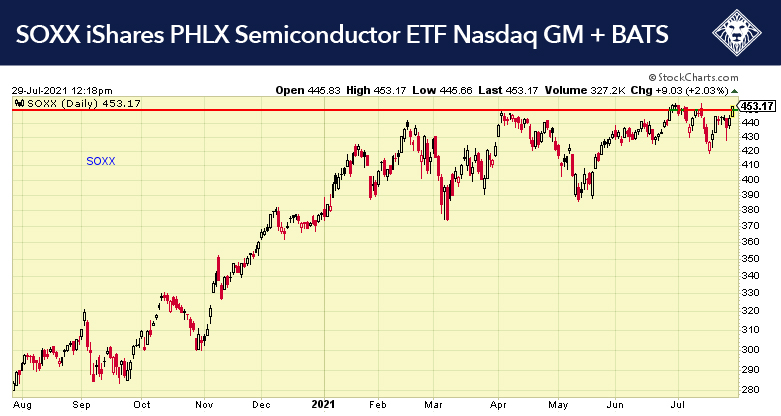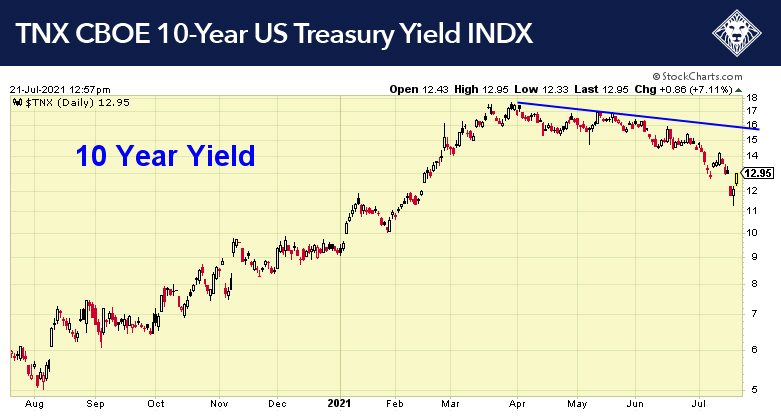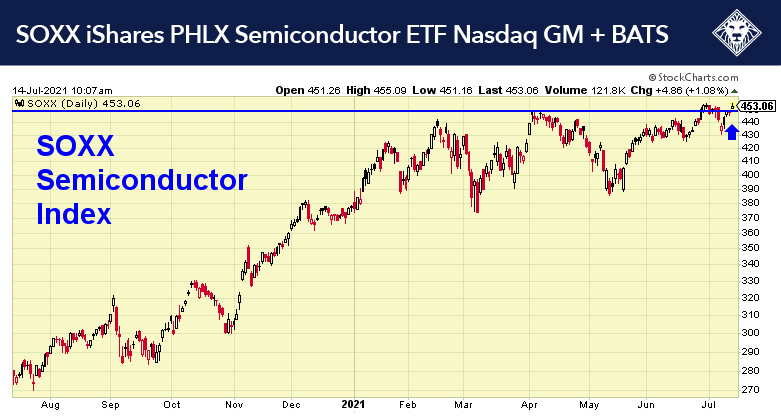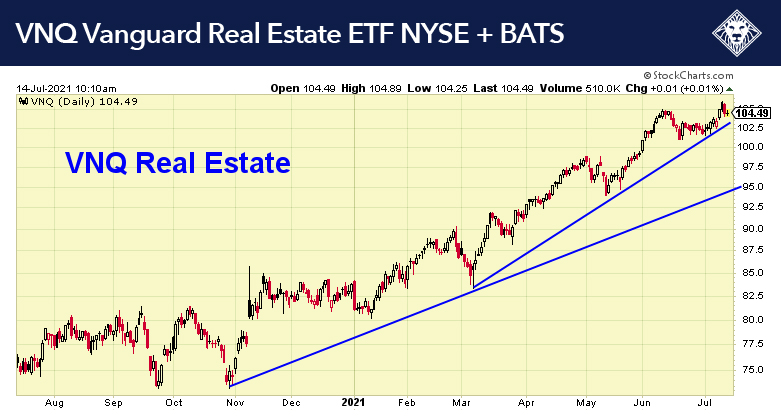Vix Calm in the Face of Recent Selling
The HCM-BuyLine® is positive, and any pullback should be bought. Covid has put some pressure on the market, along with the markets being a bit overbought. The VIX index, which is a measure of volatility, has been very tame even with some of the selling we have seen the last few days which leads us to believe a rally is building up steam and is imminent. Interest rates have ben organically moving up which is putting pressure on bond prices. Bond investors will probably start to look for alternatives such as high-dividend paying stocks as bond prices continue to slide.

The Empire Manufacturing General Business Conditions Index dropped 24.7 points in August to 18.3, well below the consensus of 29.0. It was the third decline in the past four months and the most since the lockdown in April 2020, as factory activity growth in the region moderated significantly.

New order growth eased, while shipments nearly stalled. Both payrolls and hours worked grew at slower rates. Firms continued to face supply side challenges, as deliveries slowed and backlogs accumulated at a quicker pace versus the previous month. Input price pressures eased modestly, while selling prices rose at a new record rate, a sign of sellers’ pricing power and strong ability to pass higher costs onto clients.
The Expectations Index rebounded 7.0 points to 46.5, its second-highest level in 14 months, as manufacturers remained optimistic about the near-term growth outlook. They expect a rebound in shipments and new orders and normalization in supplier deliveries and backlogs. Nevertheless, the outlook for price pressures remained elevated.








